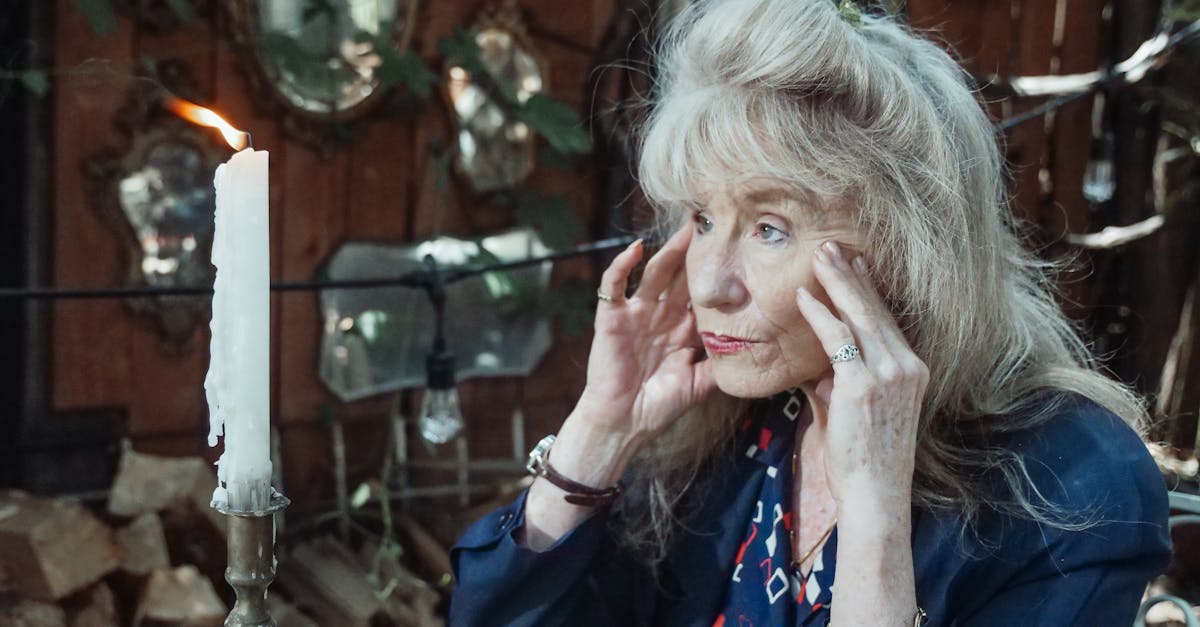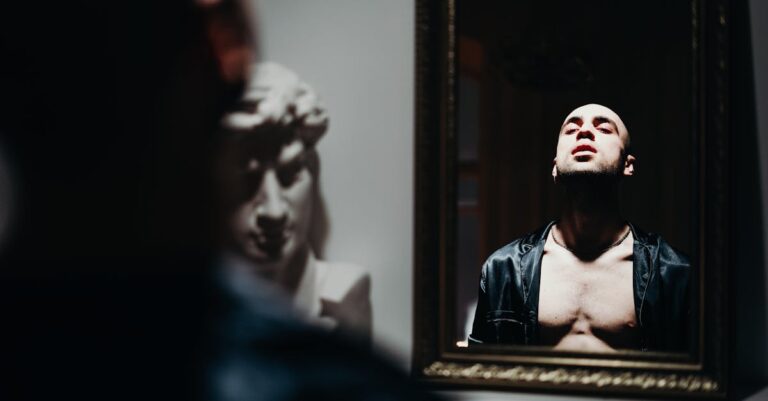
The air smelled of antiseptic and metal. Her fingers brushed against the cold steel of the examination table. A flickering fluorescent light hummed above her, casting jagged shadows across the white walls. She had no name, no memory of how she got here. Only the sterile routine: the sharp scent of disinfectant, the rhythmic beeping of machines, and the quiet voice that spoke to her through a speaker mounted in the ceiling.
“Subject 17-B,” the voice said. “Prepare for session three.”
She sat up, her bare feet pressing into the linoleum floor. The room was identical to the one she’d woken in days ago—maybe weeks. Time had no weight here. Her hands trembled as she reached for the gray jumpsuit folded on a chair. The fabric was stiff, unfamiliar. She pulled it over her head, the material clinging to her skin like a second layer of skin.
A door slid open with a hiss. A man in a white coat stepped inside, his face obscured by a surgical mask. He held a tablet in one hand, its screen glowing blue. “Today’s test is simple,” he said. “Watch the clock. Tell me when it stops.”
She nodded, though she didn’t understand why the clock mattered. The man placed a small device on the table—a silver disk with a single red dot at its center. It pulsed faintly, like a heartbeat. She stared at it, her pulse matching its rhythm.
“Go.”
The disk whirred. The hands on the wall clock reversed, spinning backward in jerky increments. She gasped as the numbers skipped, the second hand snapping to 12, then 6, then 12 again. The man’s voice cut through the silence. “What do you see?”
“It’s… moving,” she said. “Backward.”
“Good. Now, what time is it?”
She frowned. The numbers were scrambled, but she could feel something in her chest—a pull, a shift. The clock’s hands slowed, then stilled. The red dot on the disk flared brighter. She opened her mouth to answer, but the words dissolved before they formed. A sharp pain lanced through her skull. Her vision blurred. When it cleared, the man was gone. The clock had returned to normal, its hands moving forward again.
She pressed a hand to her temple, her breath shallow. What had she forgotten? The question hovered, unanswered.
—
The next day, the experiments changed.
“We’re testing your ability to manipulate time,” the man said, his voice colder now. He placed another device on the table—a cylindrical object with glowing lines running along its surface. “This is a temporal anchor. It stabilizes your ability.”
She studied the device, her fingers itching to touch it. “What happens if I don’t use it?”
The man’s mask hid his expression. “You’ll lose more than just time.”
The test began. The anchor hummed as she focused on the clock. She imagined the hands moving backward, slower this time. The clock responded, its hands trembling before reversing. A rush of heat flooded her veins. When she stopped, the clock was at 3:17—exactly where it had been when she started.
“You did it,” the man said. “But you’re not finished.”
He handed her a new device: a small, black cube. “This is a memory buffer. It prevents you from losing too much at once.”
She hesitated. “What happens if I don’t use it?”
The man’s voice was flat. “You’ll forget who you are.”
The words stuck in her mind like a splinter. Who was she? The question gnawed at her as she left the room, the cube clutched in her palm.
—
The facility had no windows, but she had started to notice patterns. The hum of the air vents changed at 2:00 PM. The lights flickered every 47 seconds. And there were whispers—faint, almost imperceptible, coming from the walls. She followed them, her boots clicking against the floor, until she found a hidden panel in the maintenance closet.
Inside was a folder labeled “Project Lumen.” Her name was printed on the first page, along with a list of procedures she didn’t understand. At the bottom of the page, a single sentence: “Subject 17-B is not human. She is a construct.”
The words made her stomach twist. A construct? She pressed a hand to her chest, feeling the steady beat of her heart. “I’m real,” she whispered. “I have to be.”
But the folder had more pages. Photos of her—different versions, each one more distorted than the last. One showed a woman with hollow eyes, her face frozen in terror. Another depicted a child, her hands raised as if in prayer. The final photo was of a man, his face obscured by shadows.
She didn’t recognize any of them.
—
The experiments grew more dangerous.
“Today’s test is critical,” the man said. “We need to see how much you can control.” He placed a new device on the table: a glass sphere filled with swirling light. “This is a temporal lens. It shows you glimpses of your past.”
She stared at the sphere, her breath catching. “What if I see something I don’t want to?”
The man’s voice was calm. “Then you’ll have to decide what to keep and what to forget.”
The sphere activated, and the room dimmed. A flash of light erupted from its center, and she was no longer in the facility. She stood in a crowded street, the air thick with smoke and the sound of distant explosions. A woman screamed nearby—her mother? The memory was fragmented, but she could feel it: fear, desperation, a hand pulling her away from something.
“Stop,” she gasped. The vision dissolved.
The man’s voice was quiet. “You’re stronger than you think.”
But the memory lingered, a shadow in her mind. Who had she been before this? And why did the facility want her?
—
The more she remembered, the more the facility tried to control her.
“You’re not ready,” the man said one night, his voice tight. “You’re destabilizing the timeline.”
She clenched her fists. “I’m not a weapon. I’m not a test subject.”
“You are what we made you,” he said. “And if you keep using your power, you’ll destroy everything.”
The words hit her like a punch. She had to leave. She had to find the truth.
That night, she stole a keycard from the maintenance desk and snuck into the lower levels of the facility. The air was colder here, the walls lined with old equipment and faded diagrams. She found a room labeled “Storage 4B.” Inside were files, boxes, and a single terminal.
She powered it on, her hands trembling. The screen flickered to life, revealing a list of names—hundreds of them. Some were familiar, others not. But one stood out: her own.
The file was incomplete, but it contained a single message: “She is the key. She must not be allowed to remember.”
The realization hit her like a wave. They had never been trying to help her. They had been trying to stop her.
—
The final test came at dawn.
“You’ve come too far,” the man said, his voice uncharacteristically soft. “But you don’t understand what you’re capable of.”
She met his gaze, her heart pounding. “I know enough.”
He sighed. “Then you must be stopped.”
The room filled with light as the temporal lens activated. She saw the future—a world unraveling, time collapsing in on itself. She saw herself, standing at the center of it all, a figure of ruin and redemption.
“I won’t let that happen,” she said.
She reached for the lens, her hand trembling. The facility’s lights flickered. The air grew heavy. And then, with a single thought, she shattered the timeline.
The world ended in a flash of light.
—
When she opened her eyes, the facility was gone. She stood in a field under a sky that stretched endlessly. The air smelled of rain and earth, not antiseptic. Her hands were free, her mind unburdened.
She didn’t know who she was. But for the first time, she felt whole.


